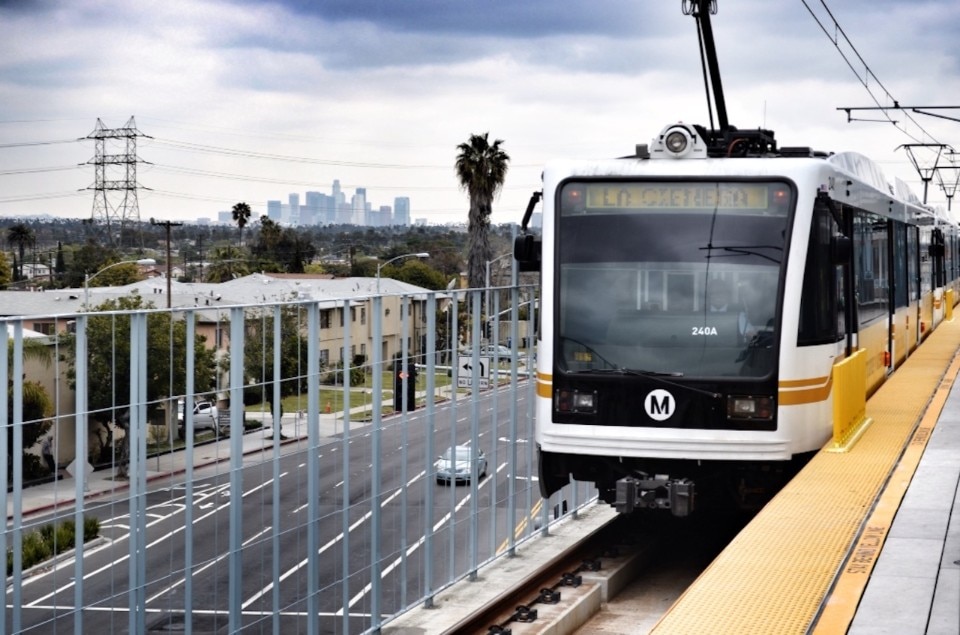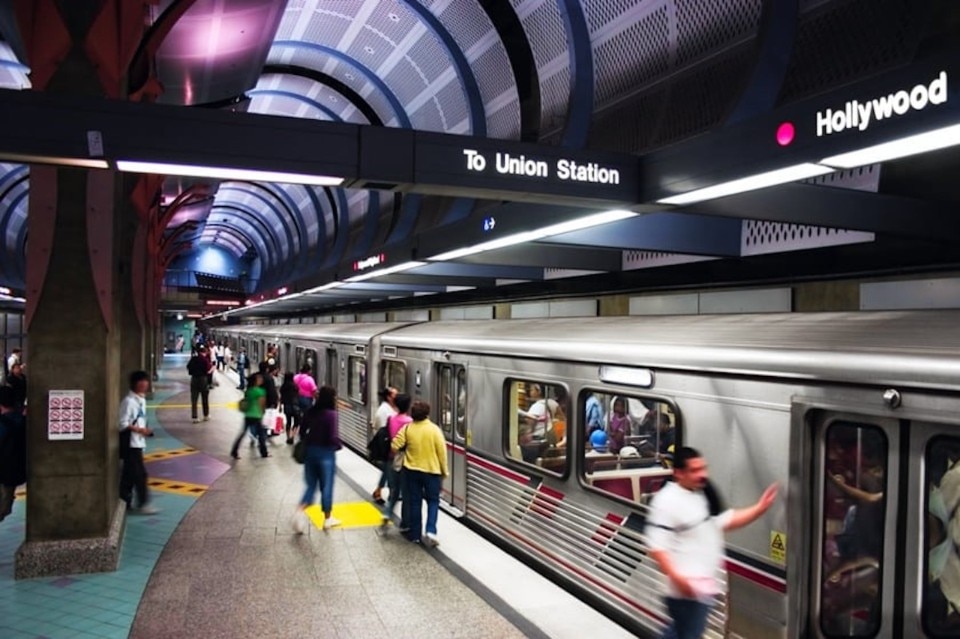It all began in early 2020. The anti-Covid health regulations had also arrived in Los Angeles, and Metro – the metropolis’ public transport agency – had temporarily stopped collecting ticket fees as a safety precaution. However, a momentary corporate prevention decision quickly turned into the most critical US experiment in free public transport.
Despite numerous periods of quarantine and precautionary isolation, the data collected showed that transport capacity never fell below 50 percent, with a total of some 281 million free transits. “It’s not a coincidence,” explains Oscar Zarate, the organization’s assistant director with Strategic Actions for a Just Economy. “I think it’s because most of the people who take the bus depend on it because they are workers, and this is their primary transport. And because they didn’t have to pay, it was really easy to get on and benefit from our public transport system.”

But now, 22 months after opening for free, Metro has decided to start collecting fares again but stating its intention to use the information gathered over the past two years to implement future improvements and introduce other free or reduced-fare schemes in the city. In reality, the decision to eliminate transport fares has not affected Metro’s revenue, as the total funds collected in a single year make up only 6% of the system’s total revenue, and a third of this is lost in fare enforcement.
After the experiment, the company started to apply small changes to fares, such as offering discounts on weekly and monthly passes for low-income passengers and students in certain school districts. The increased use of public transport also brings ecological benefits: free fares have reduced private cars, thereby reducing greenhouse gas emissions in the city.

Thus ends the largest experiment in free public transport – for the moment – in the United States. Internationally, however, around a hundred cities are already offering free public transport services, most of them in Europe. The first major city to provide free, sustainable public transport was Tallinn: the Estonian capital offered its residents this hitherto almost unheard-of service in January 2013.
A solution, also adopted to reduce car congestion, as the country has more cars per capita than any other European state. Luxembourg then became the first country ever to make all its public transport free of charge in 2019. The authorities expect the initiative to increase the use of public transport in Luxembourg by 20% by 2025.
Opening image: Los Angeles Metro, Expo Line, La Cienega station


